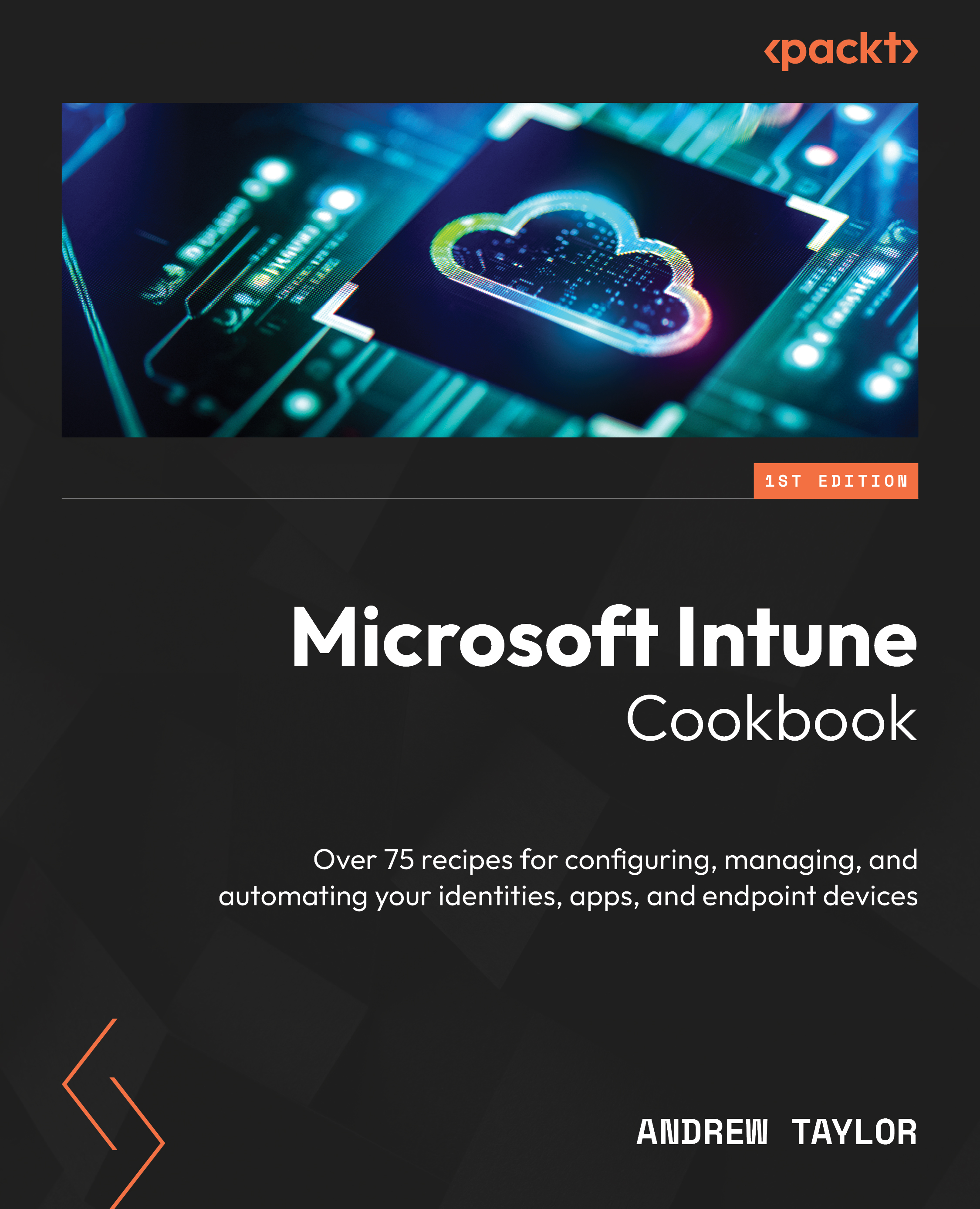Using custom requirements scripts in apps
Another PowerShell option is using custom requirements scripts. While the requirements rules are reasonably comprehensive, you may want to take these a step further – for example, only deploy an application if the device is manufactured by a particular company.
One particularly useful application for these is when you are updating available applications. As these are user-installed, when you deploy an update to them, the user has to manually install the latest version from the company portal (providing you have the detection rules set correctly to notice it needs re-installing). This is far from ideal, especially when you are dealing with a zero-day exploit.
In this situation, you can deploy an application as required to everyone and then set a requirements rule that it must detect the application is already present on the device to install.
These work differently and are closer to compliance scripts than remediation or detection...
































































